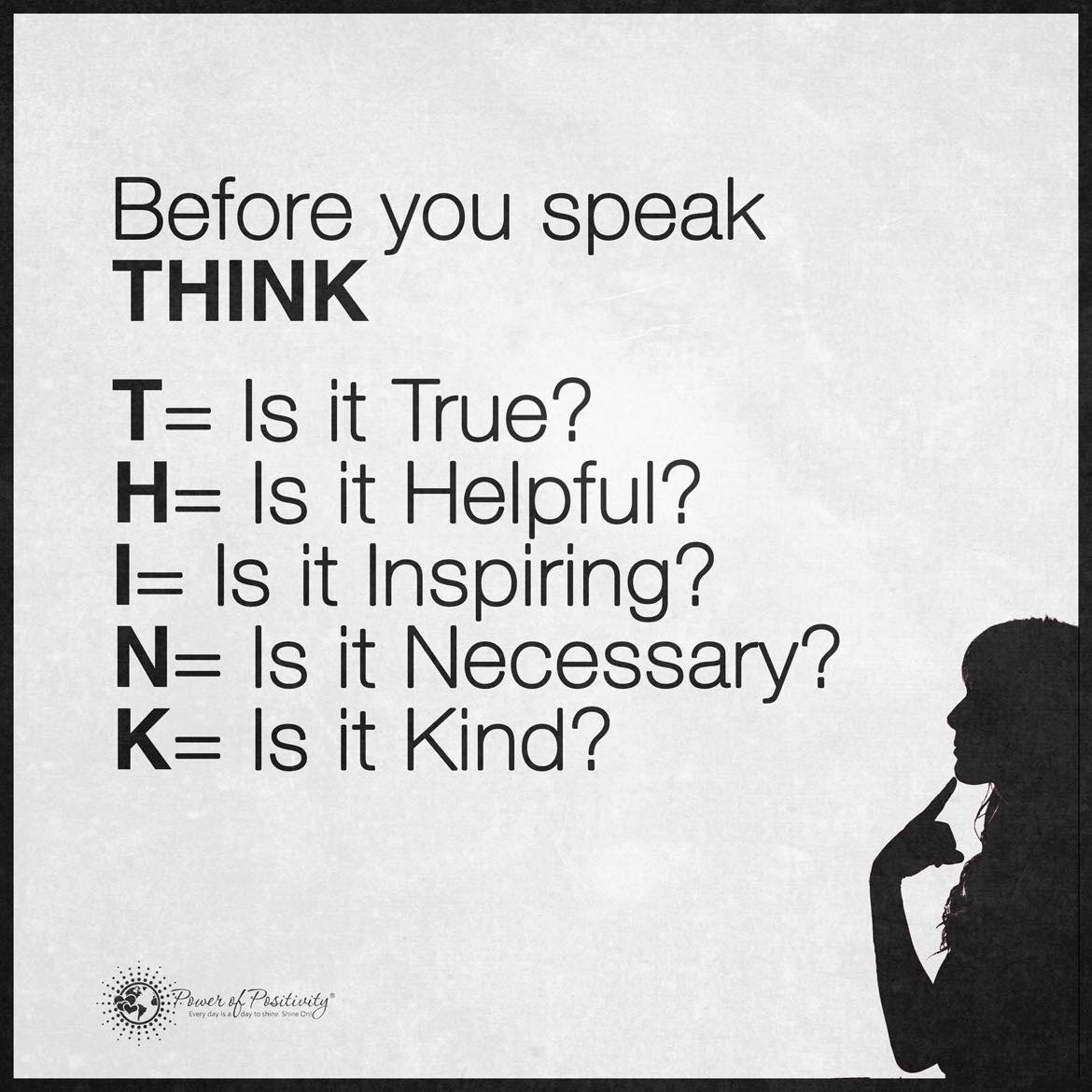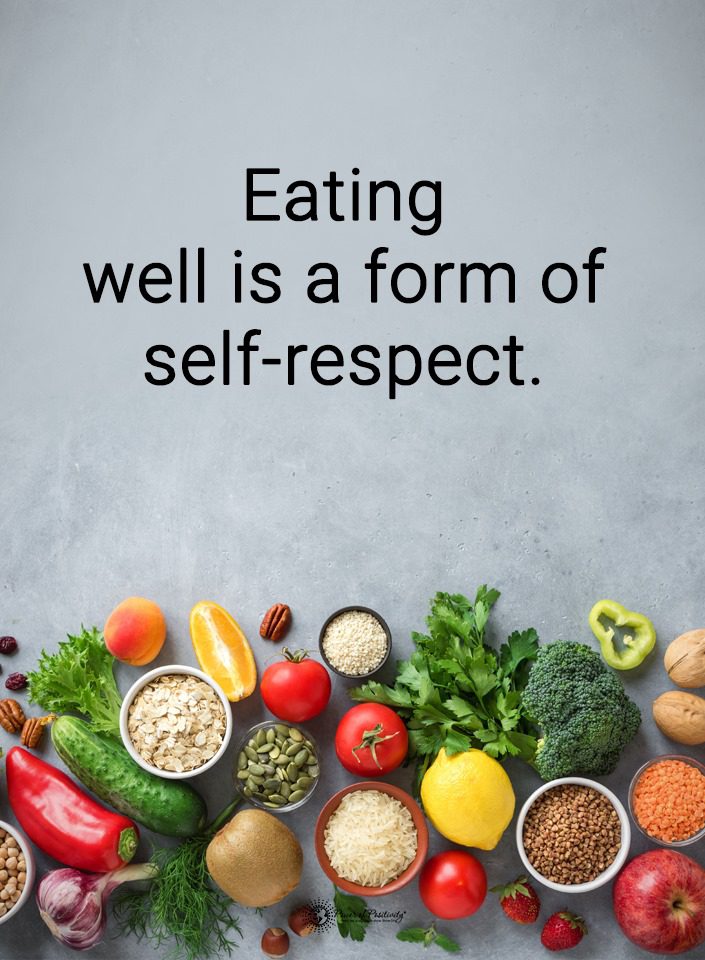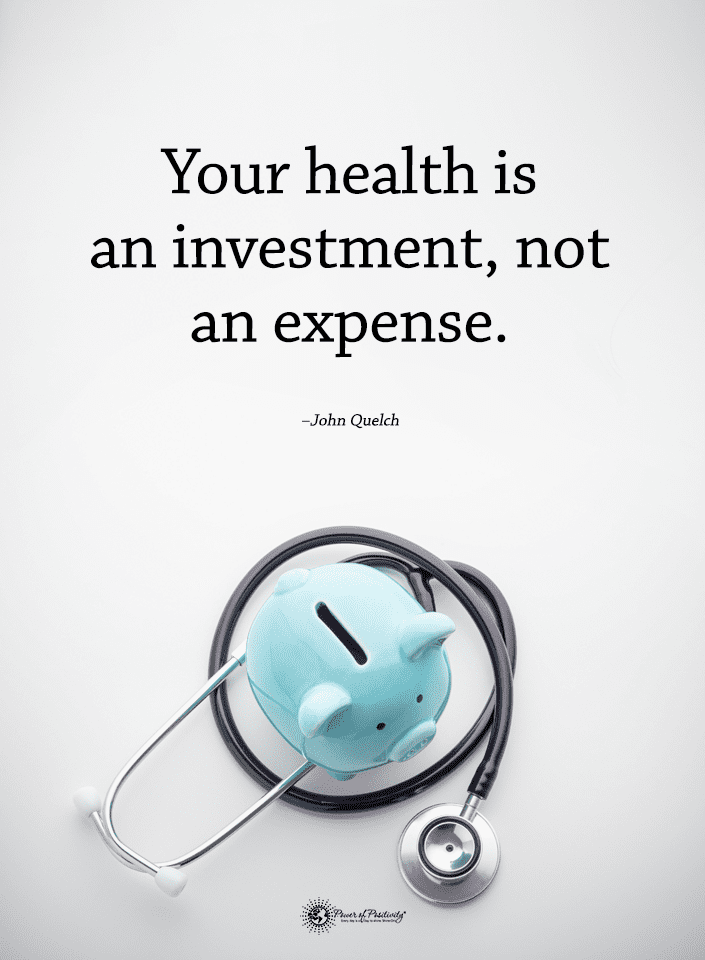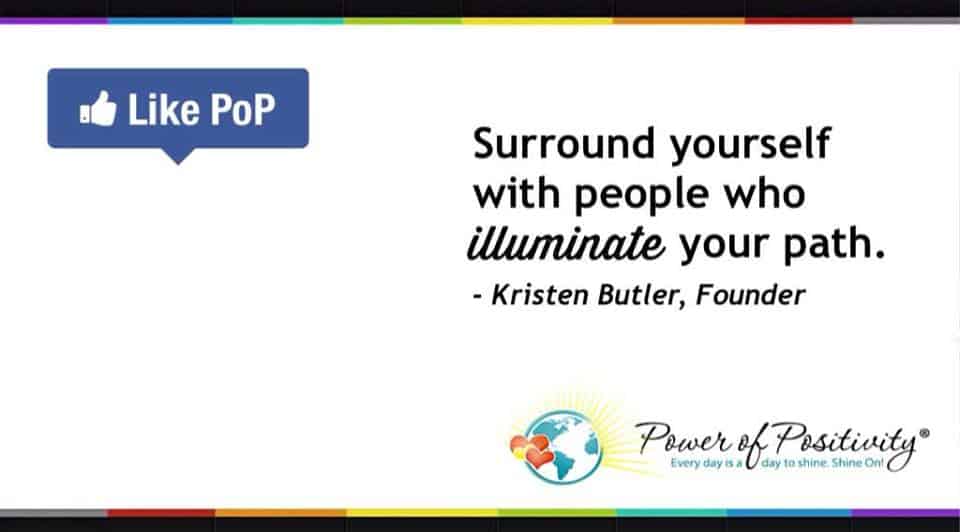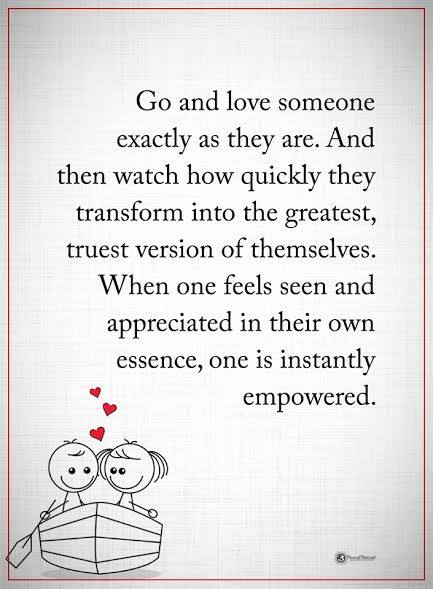To date, there are over 1,500 studies proving coconut oil to be one of the healthiest foods on the planet. Coconut oil benefits and uses go beyond what most people realize. – draxe.com
Wherever and whenever a natural alternative to “traditional medicine” (read: drugs, insurance claim revenues) is presented, the idea – whatever it may be – is promptly scrutinized. Various applications of coconut oil, though proven through science, is one such natural alternative.
Coconut oil is an exceptionally healthy byproduct of mature coconuts – and it has a variety of everyday uses.
In this article, we discuss 20+ everyday applications of coconut oil. To concisely explain these numerous benefits, we’ve categorized them into five groups.
With so much to cover, let’s get going!
20+ Amazing Ways to Use Coconut Oil
Beauty uses
– Anti-dermatitis solution. Regular use of the oil has been shown to improve a condition called atopic dermatitis – a condition that produces dry, itchy, and oozing skin patches.
– As a body scrub. Combine a tablespoon of this oil with a tablespoon of ground coffee, and you’ve got a great body scrubbing mix! Alternatives to ground coffee are coconut shavings, ground sea salt, grits, and sugar.
– Lip balm. Oil from coconuts has demonstrated potent skin healing properties. The substance can alleviate chapping, and replenish the skin of the lips.
– Eye creamer. People can reduce wrinkling around the eyes by applying the oil around the affected areas prior to bedtime.
– Dandruff solution. Coconut oil possesses strong anti-drying properties. Overnight application of the product to roots of the hair can effectively decrease the prevalence of dandruff.
– Repairing damaged hair. Rubbing the product into hair roots, and dispersing it through the length of the hair may repair any damaged hair. Keep the mixture in your hair for 30 minutes to an hour, then wash with shampoo.
Cooking uses
– Prolonging egg shelf life. Oil extracted from coconut is a potent antibacterial substance. Applying a thin layer of the product to eggshells can increase shelf life.
– Frying and baking alternative. Plant oils derived from animal fat and vegetables quickly lose their health properties once heated. Coconut based oil maintains these properties despite the application of heat.
– Homemade mayo. Instead of using a different oil source, use this oil. It will not only enhance the taste of mayonnaise; it will do so without increasing bad cholesterol levels.
– A healthy, energy-laden smoothie. Are you a smoothie drinker? Good. Coconut oil possesses energy-producing properties – and without the added sugar.
Health uses
– Bone health. The methods of strengthening your bones are: (1) onsumption (a smoothie, for example!), and (2) massaging the product into painful joints.
– Hangover cure. In a study published in The Journal of Nutrition, healthy saturated fats like this oil may reduce the dehydration and pain-inducing effects of heavy alcohol consumption.
– Inflammation cure. Study after study has reaffirmed the anti-inflammatory effects of coconut oil. Practical uses for the product include application to burnt skin or swelling from an insect bite.
– Fever reduction or painkiller. As an antioxidant and anti-inflammatory compound, it comes as no surprise that coconut oil may relieve fever and pain.
– Improves thyroid health. Health professionals adamantly recommend the consumption of health fats to improve thyroid function and reduce glucose levels. Coconut based oil contains lauric acid, which is known to boost HDL (“good cholesterol”) in the body; this physiological effect is good for thyroid health.
Pregnancy and motherhood uses of coconut oil
– Breast health: During the breastfeeding phase, it is common for the skin surrounding the nipples to crack. The oil remedies this symptom healthily – for both baby and mother.
– Baby skin protection: As mentioned, coconut oil has numerous properties which enhance skin health. A baby’s skin is extremely delicate – and this oil, in study after study, has confirmed it is the best skin care product for babies. Diaper rash – an acute, common skin condition in babies – is a condition treatable by coconut oil.
– Stretch marks: Gently applying oil twice a day to stretch marked areas is effective both pre- and post-pregnancy. Coconut oil has powerful skin healing, moisturizing, and soothing qualities – and is safe to use during pregnancy and following delivery.
General daily uses
– Flame ignitor. Don’t purchase some overpriced “fire starter” product. Soak a cotton ball in coconut based oil and drop it into some wood or charcoal.
– Furniture shining. You can prevent material deterioration of furniture by applying oil to a part of cloth and evenly wiping it along the piece’s surface. Coconut oil is particularly effective against cracking and drying of wooden furnishings.
– Lubricator. Who hasn’t been frustrated over a stuck zipper on a jacket, purse or bag? Applying a small dab of the oil to the zipper (not the thread) may take care of this problem.
– Sharpening blades. Kitchen “blending” appliances are designed with sharpened blades; using coconut oil can help maintain sharpness of the blade while protecting them from rust.
– Shining leather. Leather lovers appreciate some well-shined bags, gloves, shoes, or purses. Proper, evenly distributed amounts of this oil can restore some of that gloss.


